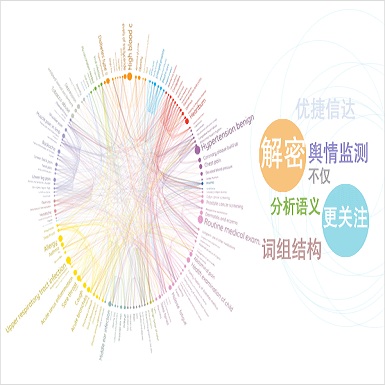Although neural sequence-to-sequence models have been successfully applied to semantic parsing, they fail at compositional generalization, i.e., they are unable to systematically generalize to unseen compositions of seen components. Motivated by traditional semantic parsing where compositionality is explicitly accounted for by symbolic grammars, we propose a new decoding framework that preserves the expressivity and generality of sequence-to-sequence models while featuring lexicon-style alignments and disentangled information processing. Specifically, we decompose decoding into two phases where an input utterance is first tagged with semantic symbols representing the meaning of individual words, and then a sequence-to-sequence model is used to predict the final meaning representation conditioning on the utterance and the predicted tag sequence. Experimental results on three semantic parsing datasets show that the proposed approach consistently improves compositional generalization across model architectures, domains, and semantic formalisms.
翻译:虽然对语义解析成功地应用了神经序列到序列模型,但是这些模型在拼写一般化方面却未能成功,也就是说,它们无法系统地对可见组成部分的无形组成进行概括化。在传统的语义解析的驱动下,对符号语法进行了明确的计算,我们提出了一个新的解码框架,以维护序列到序列模型的表达性和一般性,同时以词典式对齐和分解的信息处理为特点。具体地说,我们分解成两个阶段,在这两个阶段中,输入的语句首先用代表单个单词含义的语义符号作标记,然后使用序列到序列模型来预测语法和预测标记序列的最终含义。三个语法解析数据集的实验结果显示,拟议的方法始终在改善模式结构、领域和语义形式之间的拼写一般化。





